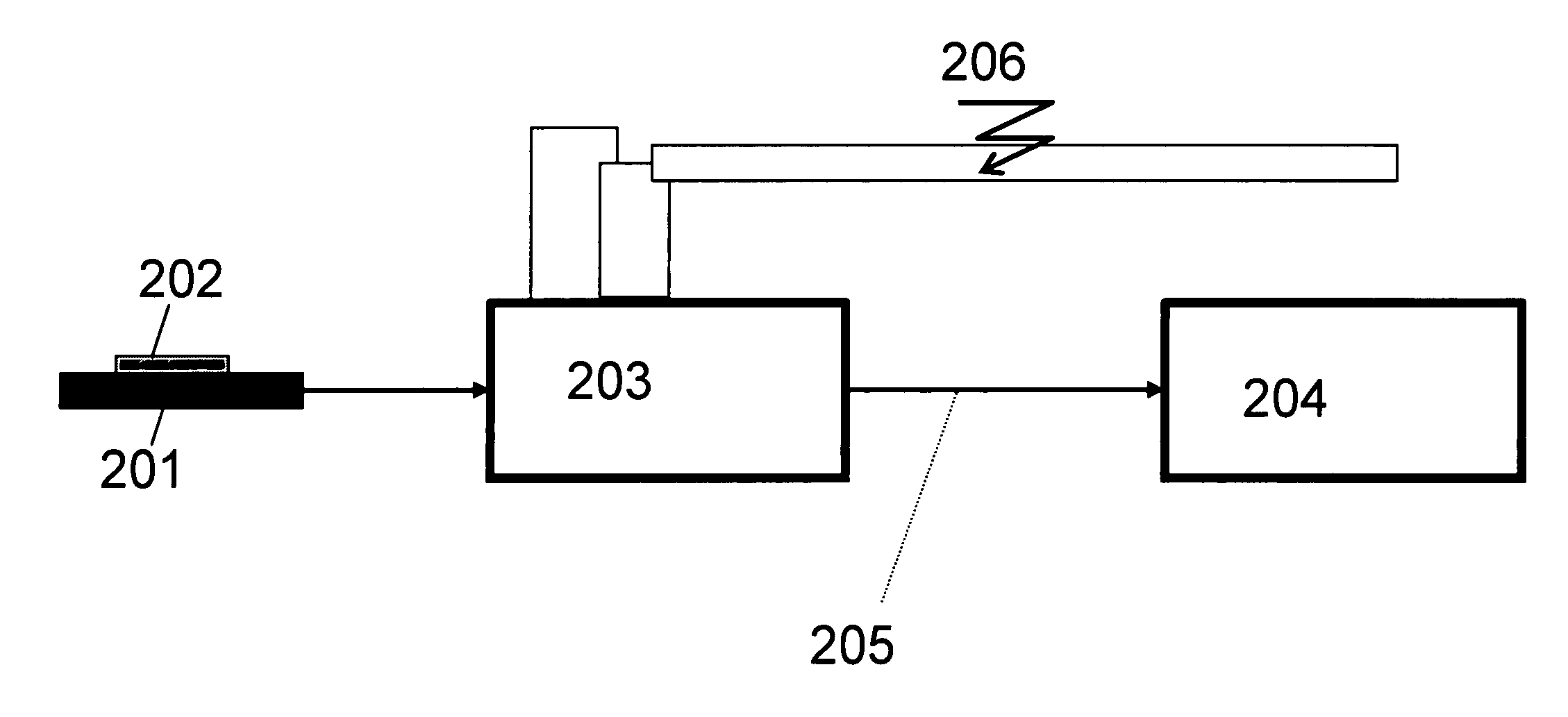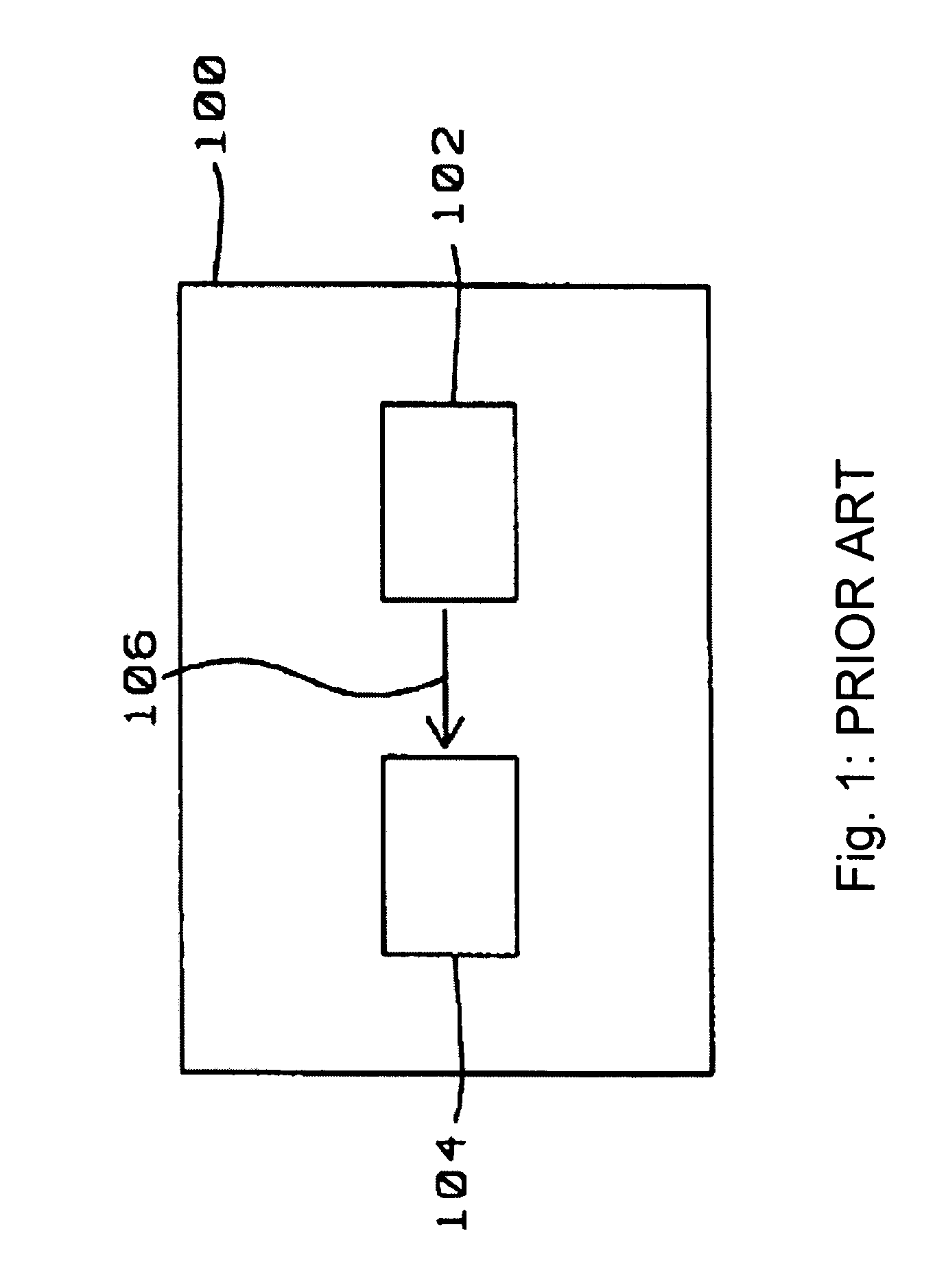Methods for protecting metal surfaces
a metal surface and protection technology, applied in the direction of solid-state diffusion coating, manufacturing tools, solventing apparatus, etc., can solve the problems of surface re-oxidation, reduced wire bonding performance, and even worse, and achieve the effect of long-term prevention of surface oxidation
- Summary
- Abstract
- Description
- Claims
- Application Information
AI Technical Summary
Benefits of technology
Problems solved by technology
Method used
Image
Examples
first embodiment
[0065] In a first embodiment a high density, H2 (hydrogen) rich or hydrogen comprising plasma is applied to the metal surface present on e.g. a wafer. When the wafer temperature is above 150° C. the reduction process is complete, or in other words all forms of copper oxides are reduced / removed. Furthermore, above 150° C. the surface is implanted with hydrogen ions which makes it less sensitive to oxidation over a subsequent period of time, as proved by successful wire bonding tests performed at 150° C.
second embodiment
[0066] a sintering step can be applied, i.e. a temperature step in a reducing gas ambient which comprises hydrogen. The reducing gas can comprise H2, N2, Ar or He, or other inert gases, or can comprise ammonium plasma (NH3) or any other gas or gas composition comprising free hydrogen (H2) or chemically bonded hydrogen (H). Most preferably the reducing gas can be forming gas and can comprise, for example, 4% H2 / N2, 5% H2 / N2, 10% H2 / N2. Also other gas compositions such as, for example, gas compositions comprising 4% H2 / Ar, 5% H2 / Ar or 10% H2 / Ar can be used.
[0067] According to a third embodiment a combination of both techniques described in the first and second embodiments can be applied. According to these embodiments, a sintering step can be followed by a plasma treatment or vice versa.
[0068] According to a first embodiment, a method is provided for protecting a metal surface against oxidation, the method comprising providing the metal surface within a plasma chamber, producing a h...
PUM
| Property | Measurement | Unit |
|---|---|---|
| Temperature | aaaaa | aaaaa |
| Temperature | aaaaa | aaaaa |
| Temperature | aaaaa | aaaaa |
Abstract
Description
Claims
Application Information
 Login to View More
Login to View More - R&D
- Intellectual Property
- Life Sciences
- Materials
- Tech Scout
- Unparalleled Data Quality
- Higher Quality Content
- 60% Fewer Hallucinations
Browse by: Latest US Patents, China's latest patents, Technical Efficacy Thesaurus, Application Domain, Technology Topic, Popular Technical Reports.
© 2025 PatSnap. All rights reserved.Legal|Privacy policy|Modern Slavery Act Transparency Statement|Sitemap|About US| Contact US: help@patsnap.com



